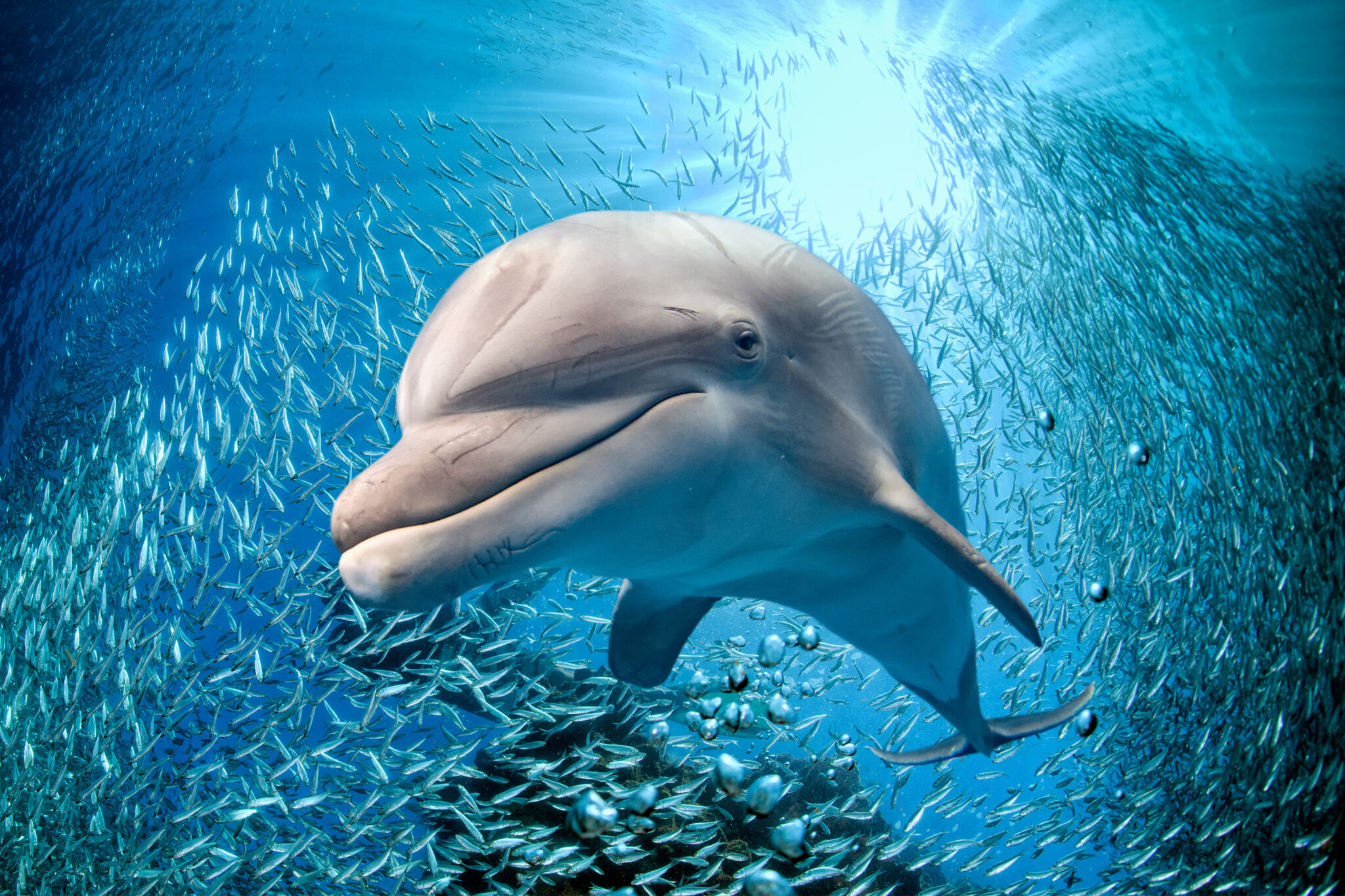Discover Exactly How Dolphin Facts Reveal Their Life Expectancy and Mating Routines
Discover the Marvels of Dolphins: Unbelievable Realities You Really Did Not Know
These animals play a crucial role in maintaining the equilibrium of marine ecosystems while displaying impressive analytic capacities. What other unusual facets of dolphin behavior remain to be discovered?
Dolphin Intelligence and Problem Fixing
Demonstrating exceptional cognitive abilities, dolphins are extensively recognized for their intelligence and problem-solving skills. Research study has revealed that these aquatic mammals have innovative reasoning capacities, typically involving in complicated social communications that require substantial cognitive processing. Especially, dolphins are skilled at utilizing innovative methods to conquer difficulties in their environment, such as making use of devices or coordinating with others to search for food.
Researches expose that dolphins can adhere to intricate guidelines and do jobs that include multi-step solutions, a measure of their capability to strategy and carry out. Their capability for knowing is more evidenced by their excellent memory, which enables them to use and retain info over prolonged durations. Cognitive tests have demonstrated that dolphins can comprehend abstract principles, including numerical connections and spatial awareness.
In addition, dolphins exhibit an amazing degree of self-awareness, as confirmed by their capacity to acknowledge themselves in mirrors. This attribute is typically thought about a characteristic of innovative intelligence, paralleling the cognitive capacities observed in people and terrific apes. Generally, the knowledge and analytical abilities of dolphins highlight their complicated psychological professors and versatility in diverse settings.
Special Interaction Techniques
Dolphins stick out for their special communication strategies, which are crucial for their social interactions and survival in the wild. These extremely intelligent marine creatures employ an advanced system of vocalizations, body language, and echolocation to convey messages and coordinate tasks.
Vocalizations consist of clicks, whistles, and various other audios that offer different functions, from sharing emotions to signaling alarm system or coordinating team activities while hunting - Dolphin Facts. Each dolphin has a trademark whistle, comparable to a name, which fosters individual recognition within coverings. This form of identification is crucial for preserving social bonds

Echolocation is another exceptional element of dolphin interaction. By discharging audio waves and analyzing the returning mirrors, dolphins can navigate their environment, find victim, and even determine various other aquatic animals. This multi-faceted communication system underscores the intricacy of dolphin communications and highlights their versatility in diverse aquatic environments. On the whole, these methods are essential to their survival and social framework.
Social Structures and Relationships
The detailed communication strategies utilized by dolphins play a substantial role fit their social structures and relationships. These very intelligent aquatic mammals often create complicated social teams called shucks, which can vary in size and make-up. A regular sheath might contain a few people to a number of loads, and it is often led by a leading female.
Dolphins are known for their strong social bonds, which are identified by cooperative behaviors such as searching together, mutual pet grooming, and also playful interactions. These partnerships are essential for their survival, as they enhance the performance of tasks such as foraging and securing the group from predators.
Within hulls, dolphins display a variety of social pecking orders and duties, which can alter based on the dynamics of the group. For example, some individuals might tackle the role of caretakers for calves, while others may function as defenders. Furthermore, dolphins are known to show selfless actions, assisting troubled or hurt covering participants, further reinforcing their social connections. Overall, the social frameworks and partnerships of dolphins reflect an advanced level of social organization that adds to their adaptability and success in different aquatic environments.
Function in Marine Ecosystems
In aquatic ecological communities, dolphins play a vital function as both predators and prey, adding to the general wellness and equilibrium of their settings. As apex predators, dolphins assist regulate the populations of their victim, which includes fish, squid, and crustaceans. By controlling these populaces, dolphins prevent browse around this web-site overgrazing of marine sources, thus promoting biodiversity and sustaining the structure of the environment.

Furthermore, dolphins add to nutrient cycling in marine atmospheres. Their feeding behaviors and subsequent waste manufacturing enhance the water column, helping with the development of phytoplankton, which creates the base of the marine food cycle. Generally, the existence of dolphins in marine communities is vital for keeping environmental equilibrium, supporting the health and wellness of various other marine species, and maintaining the general vitality of oceanic settings.
Incredible Physical Capabilities
Among the most exceptional elements of dolphins is their remarkable physical capacities, which allow them to grow in diverse marine atmospheres. These extremely smart animals possess structured bodies, allowing for reliable movement via water. Their powerful tails, or flukes, can push them at rates of up to 25 miles per hour, enabling speedy navigation and evasion from predators.
Dolphins additionally display exceptional dexterity, carrying out acrobatic accomplishments such as spins and flips. Their pectoral Bonuses fins offer security and ability to move, allowing them to make sharp turns and fast modifications in direction. Additionally, dolphins have an unique ability called echolocation, which enables them to navigate and hunt in murky or dark waters. By sending out acoustic waves and analyzing the returning echoes, they can determine the place, dimension, and shape of objects around them.
Additionally, dolphins display impressive endurance, efficient in swimming long distances without tiring. Their thick layer of blubber not only gives insulation yet additionally help in buoyancy. Collectively, these physical characteristics underscore the flexibility and strength of dolphins, making them several of one of the most interesting animals in the ocean.
Conclusion
In verdict, dolphins like this exhibit exceptional knowledge via their analytical capabilities and sophisticated communication methods. The detailed social structures within skins highlight their strong relationships and altruistic actions. As pinnacle killers, dolphins play an important role in preserving the balance of marine ecosystems. Their outstanding physical capabilities even more enhance their status as captivating marine creatures. Continued exploration and research study into these amazing animals will unquestionably reveal much more about their complex behaviors and contributions to the oceanic setting.
Generally, the social structures and connections of dolphins reflect an advanced level of social organization that adds to their flexibility and success in different aquatic atmospheres.

Overall, the visibility of dolphins in aquatic ecosystems is essential for preserving ecological equilibrium, sustaining the wellness of other aquatic types, and sustaining the total vitality of nautical settings.
One of the most impressive elements of dolphins is their outstanding physical capabilities, which enable them to grow in varied marine settings.